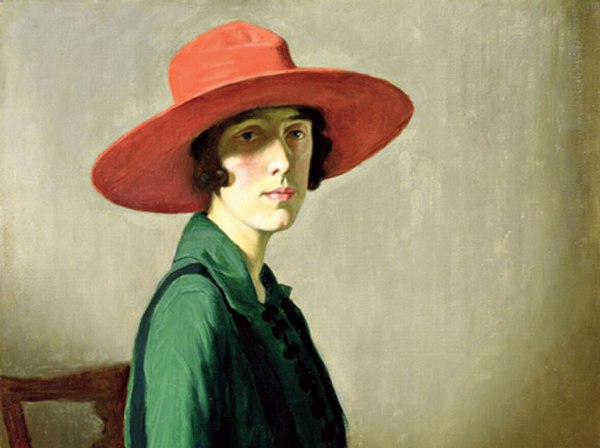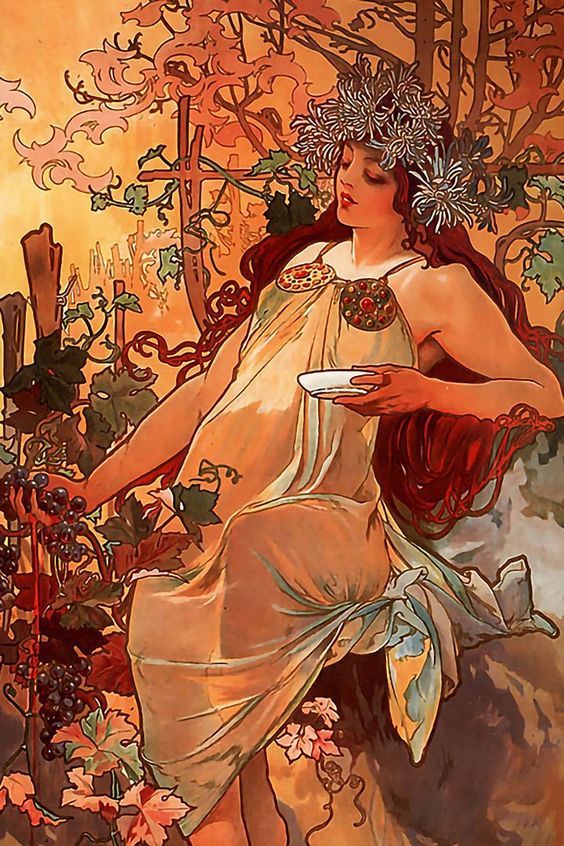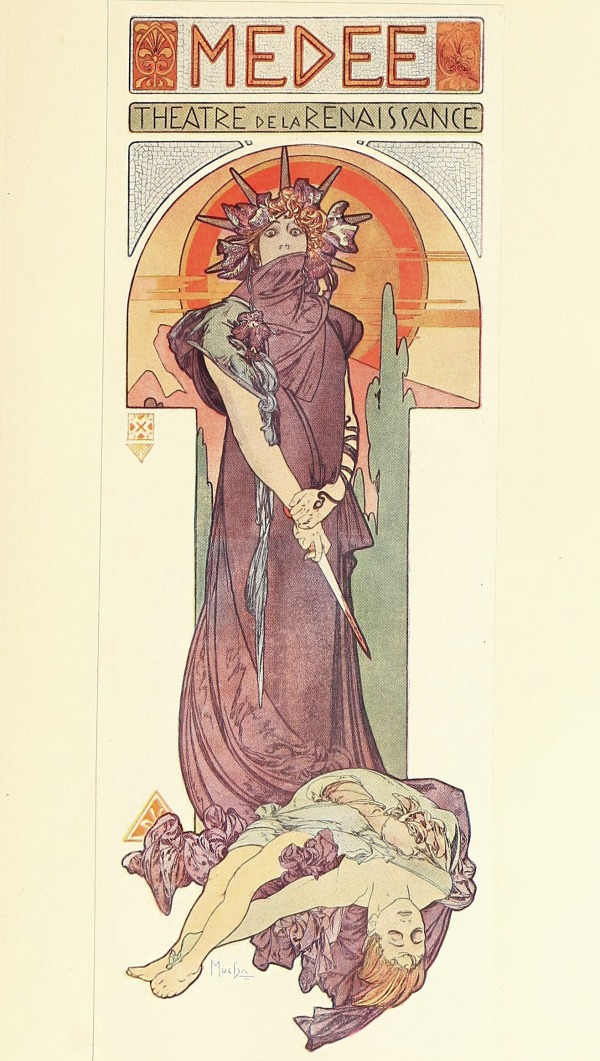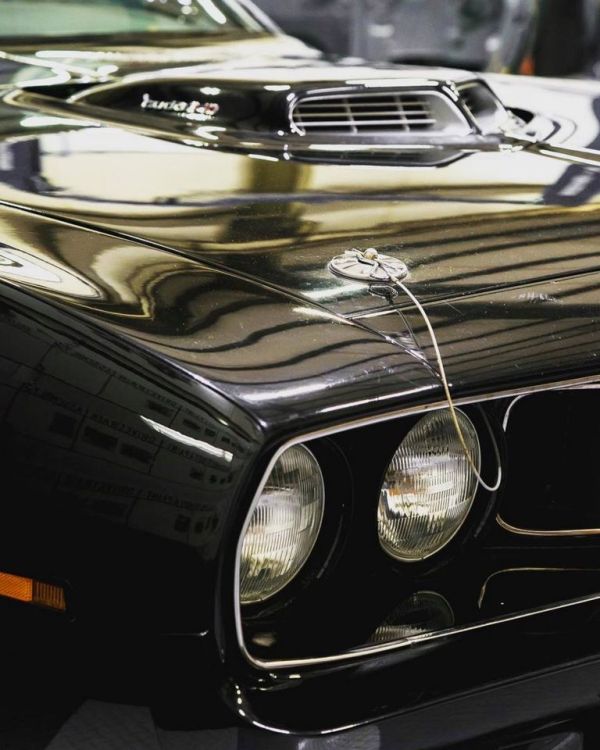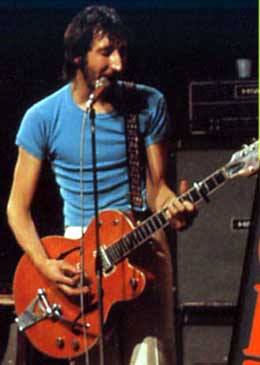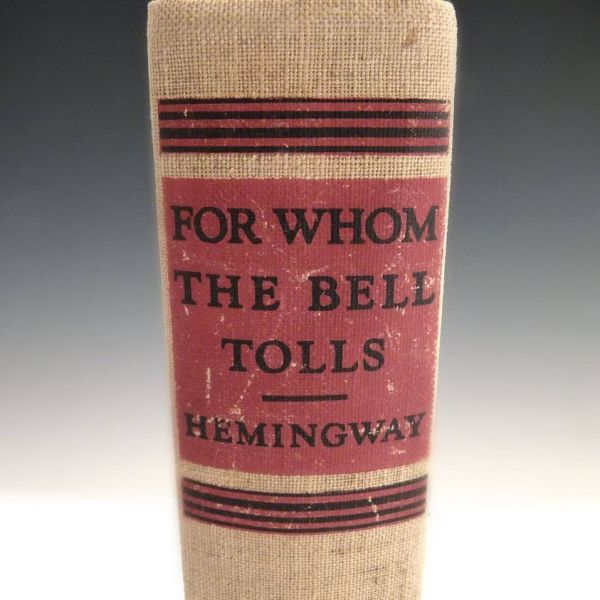From The Writer’s Almanac:
“It’s the birthday of writer Vita Sackville-West (books by this author), born near Sevenoaks, England (1892). She started writing poetry at an early age, and by the time she was 18 she had written eight novels and several plays, some of them in French or Italian. She was beautiful, more than six feet tall, with dark, heavy-lidded eyes. She fell in love with several women, some of them her classmates. When she was 21 she married a diplomat, Harold Nicholson, even while she was in a passionate affair with another woman. She said of Nicholson, “Our relationship was so fresh, so intellectual, so unphysical, that I never thought of him in that aspect at all […] Some men seem to be born to be lovers, others to be husbands; he belongs to the latter category.” For his part, Nicholson had his own share of lovers. Despite their unconventional marriage, Sackville-West and Nicholson remained devoted to each other for the rest of their lives, writing each other daily when they were apart, and raising a son together.
In December of 1922, when Sackville-West was 30 years old, she met Virginia Woolf at a dinner party. Eventually, they became friends, and then lovers. Sackville-West was the inspiration for the main character in Woolf’s novel Orlando (1928). In 1927, busily working on her novel and jealous of Sackville-West’s affair with a woman named Mary Campbell, Woolf wrote her a letter:
“Suppose Orlando turns out to be about Vita; and its all about you and the lusts of your flesh and the lure of your mind (heart you have none, who go gallivanting down the lanes with Campbell) — suppose there’s the kind of shimmer of reality which sometimes attaches to my people … Shall you mind?”
Although she is best remembered as the inspiration for Orlando, Sackville-West was a successful writer in her own right. She wrote more than 15 novels and 10 books of poetry, including The Edwardians (1930) and All Passion Spent (1931). For the last 15 years of her life, she contributed a weekly gardening column called “In Your Garden” to the Observer. She wrote the columns just to make money, and even called them “beastly,” but they are considered classics of garden writing and still widely read today.
Her father was a baron and she grew up at the family estate, the Calendar House, a Tudor mansion in Kent with a long history. The Archbishop of Canterbury had lived there until King Henry VIII took it away because he wanted it for himself. The Calendar House has 365 rooms, one for each day of the year.
She wrote, “It is necessary to write, if the days are not to slip emptily by. How else, indeed, to clap the net over the butterfly of the moment?”
